Getting strong is easy. But can you lift heavy and fast? Over my many years of training, competing and coaching, it was obvious the athletes who had speed often prevailed. This holds true in many different circumstances, and it may be a significant reason aging athletes maintain a prominent level of performance and success as they reach their 40s or beyond. The element of speed is often lost when considering how to program an athlete or anyone looking to get more functionally fit.
The ability to move heavy loads quickly and efficiently makes all the difference, but how do we get there? By incorporating speed into your training, your central nervous system will start to pattern and pull together faster, which means improved explosiveness when moving load.
This approach of training with speed (Dynamic Effort) was smartly introduced by one of the few visionaries in programming, Louie Simmons of Westside Barbell. Put simply, Dynamic Effort (DE) training is lifting lighter loads (approximately 50-75% of 1RM) at high speed. To be specific, many Westside Barbell coaches say each rep (focusing on squat, bench, deadlift) should take less than a second to perform (.75s to be exact).
Integrating dynamic effort training days does not mean easy. Quite the opposite. Training with speed can be both emotionally and physically tiring. You’ve got to have a heightened sense of focus and dedication to moving quickly and mechanically well. And as you get more acclimated to DE days, you’ll notice a different kind of soreness because you’re engaging muscle fibers differently.
It works. It helps with explosiveness, reaction time and takes stress off of constantly training heavy (a common mistake). The intent is to increase power output and learn to get heavier loads up faster (which has numerous applications in sport and life).
We’ll get into more dynamic effort principles and programming in the future, but here are a few tips and starting points to improve speed and efficiency while increasing your power:
- Start with the big three – deadlift, bench press and (back) squat.
- Start with a simple linear 5x5 at 55-65% of 1Rep Max (RM) – remember load is not as important as speed in the beginning.
- Mix in dynamic effort days twice per week to start (assuming you are moving loads a minimum 5 times per week in training).
- Accommodated resistance is preferred – chains and bands (get a copy of Louie Simmon’s "Book of Methods").
- Movement efficiency is paramount – skill and technique must come first before increasing reps, speed, volume and load.
Time to get Strong,
Doug Katona, CEO American Barbell




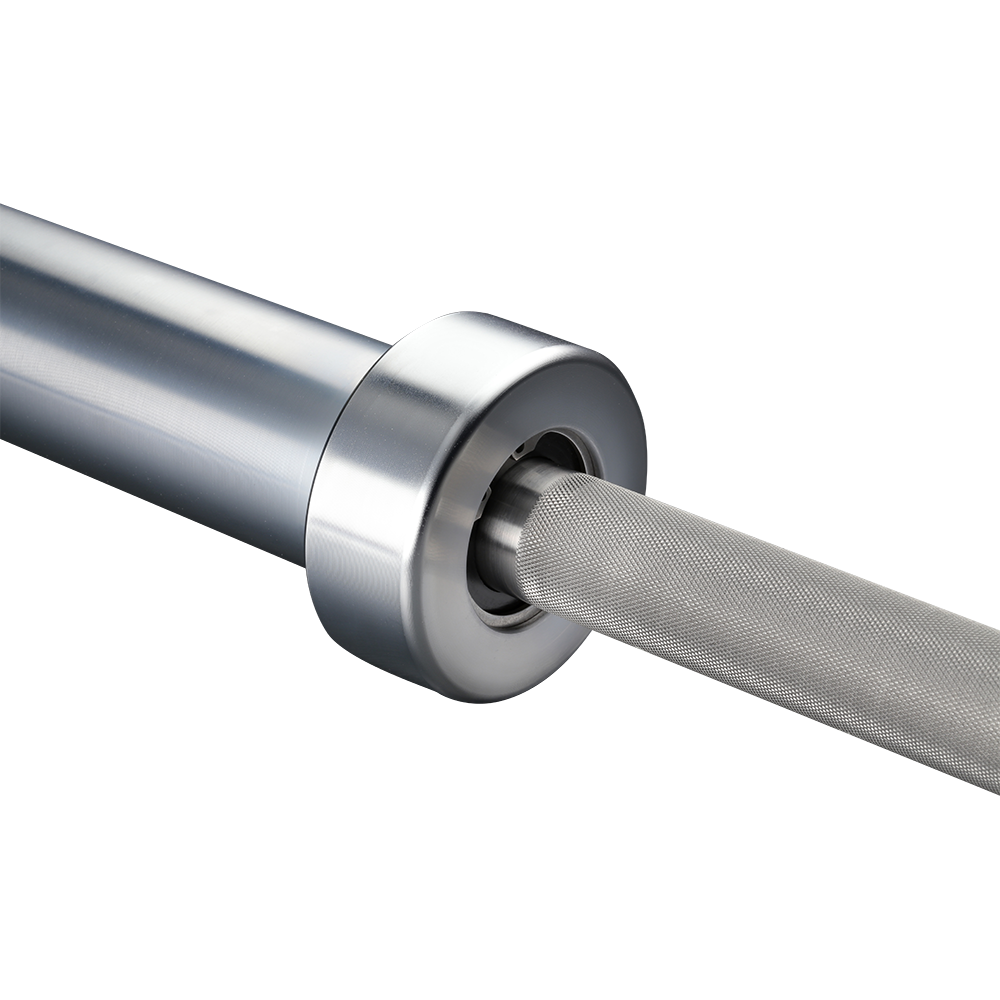
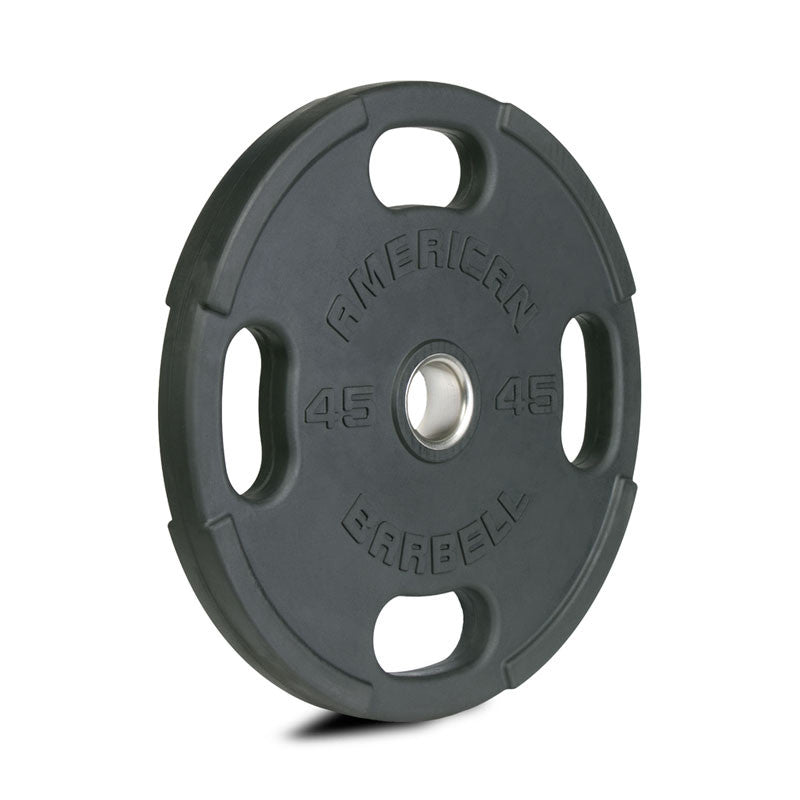






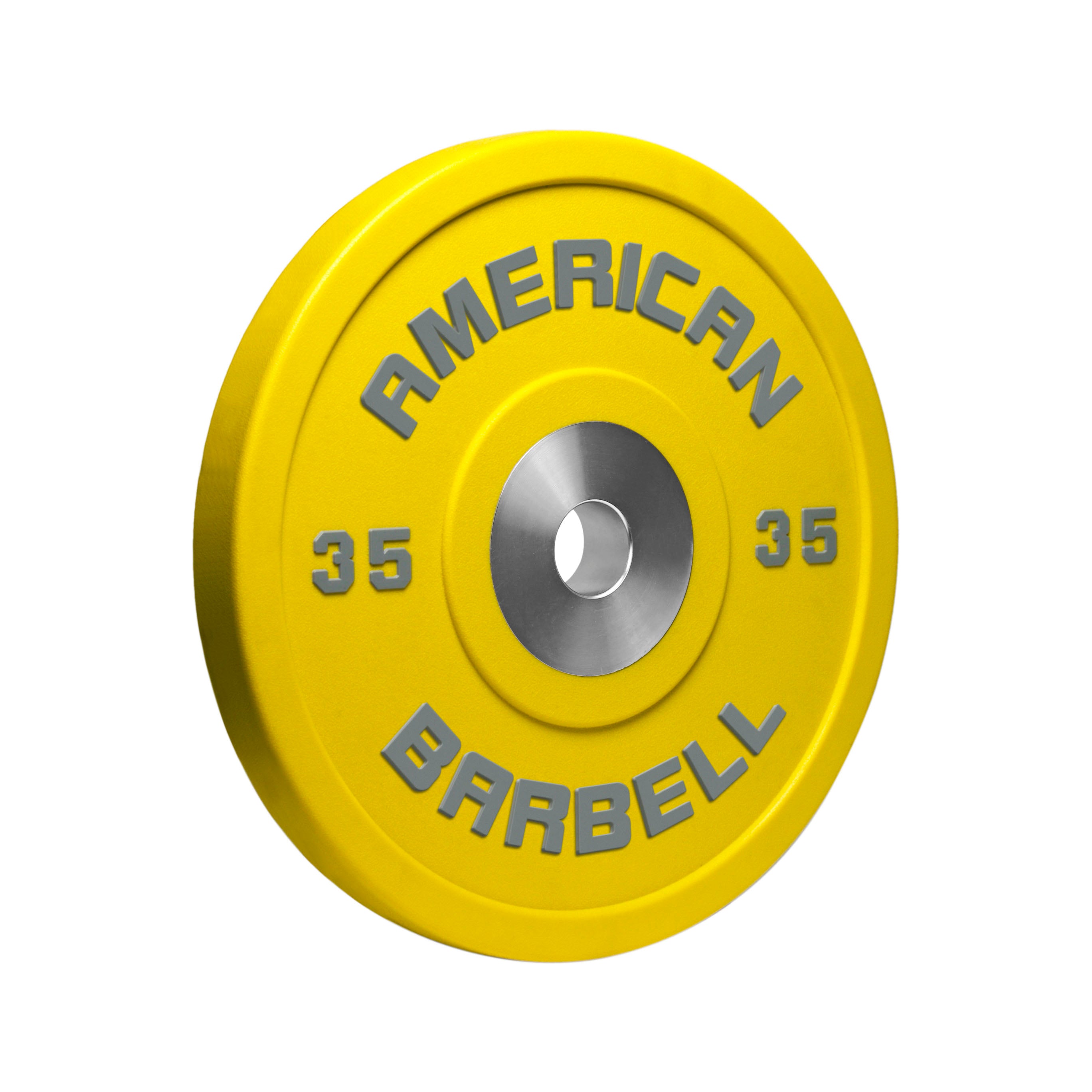
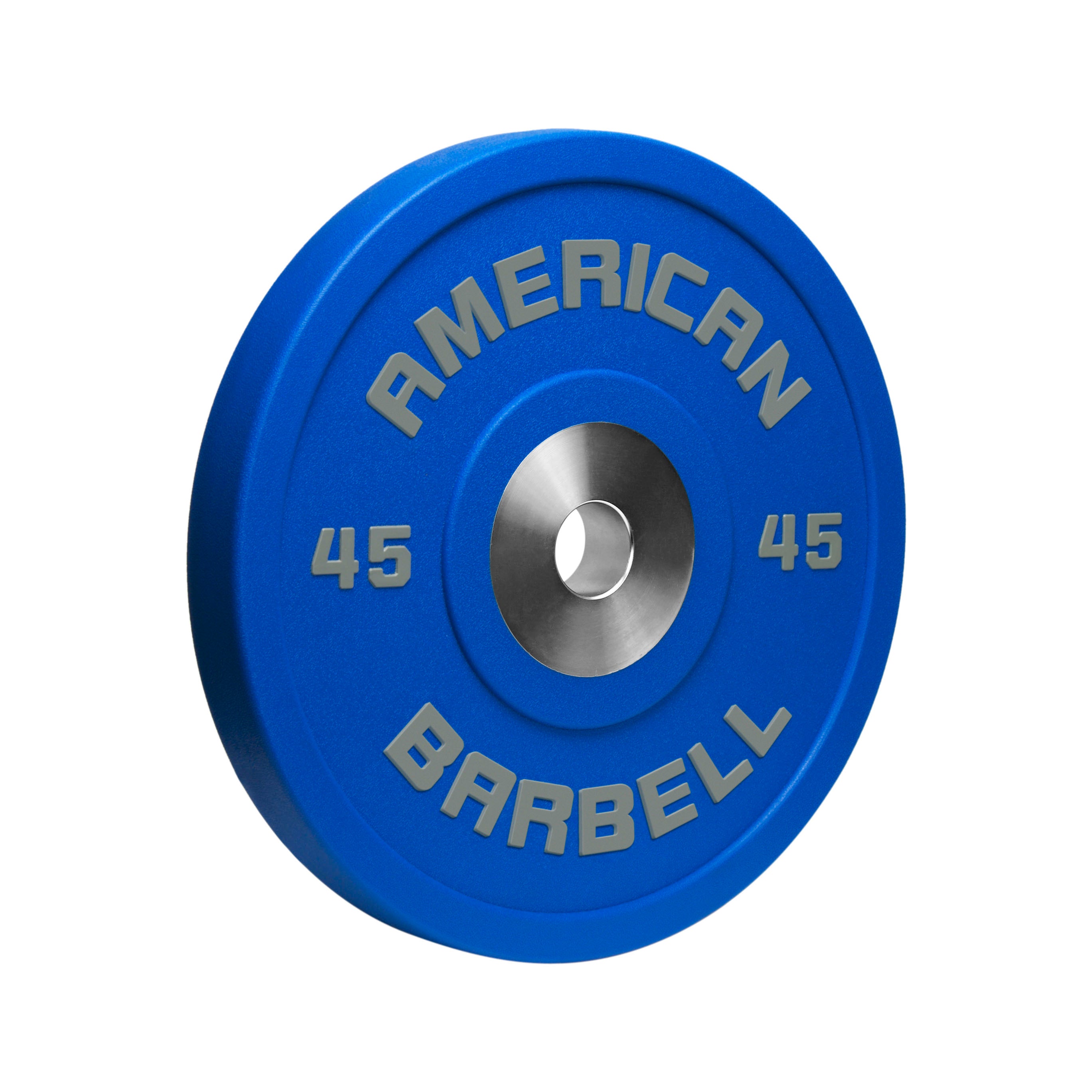
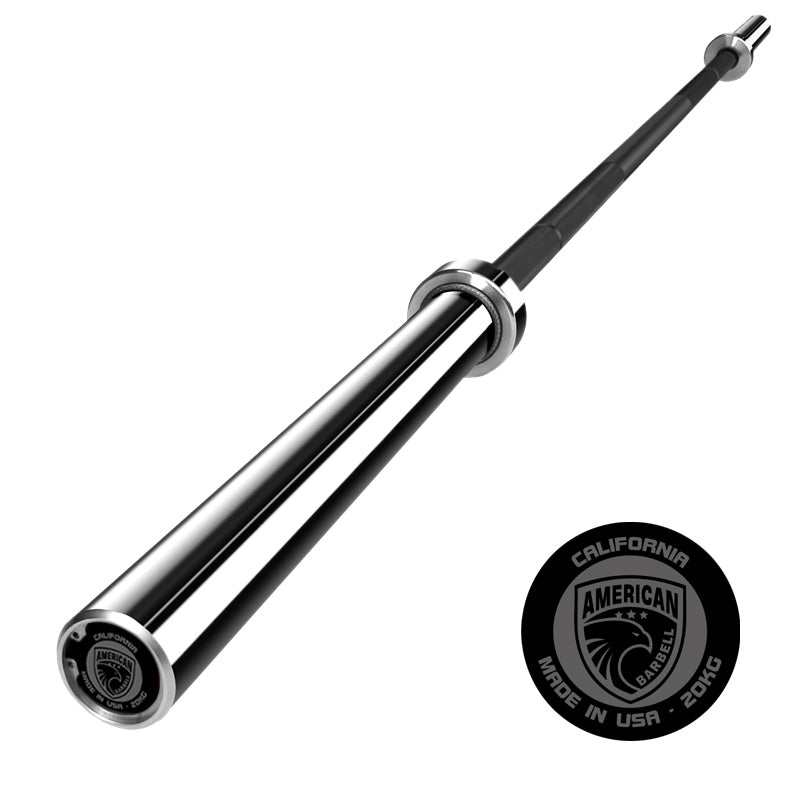

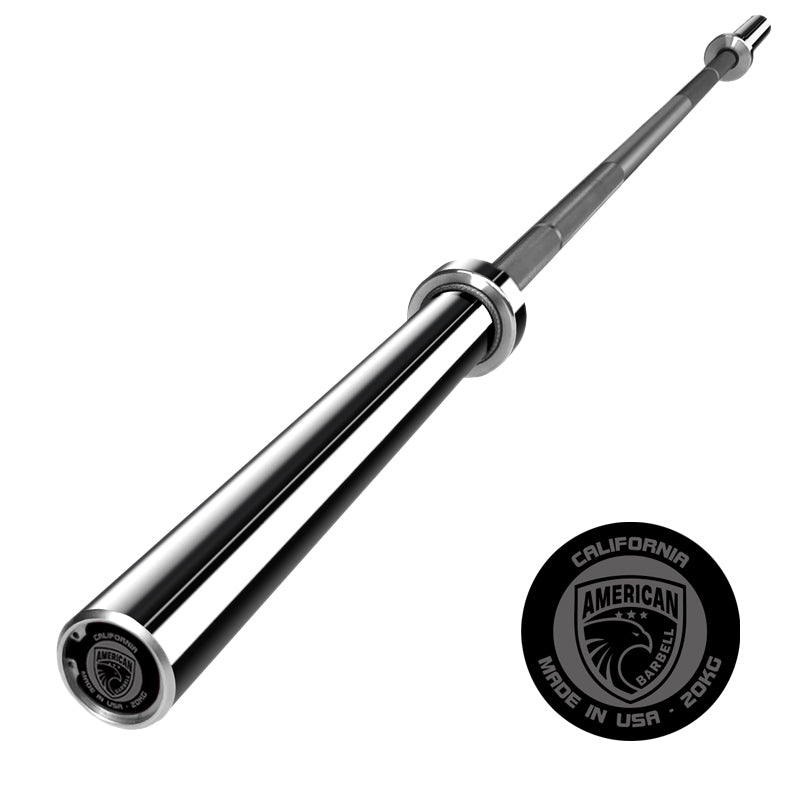



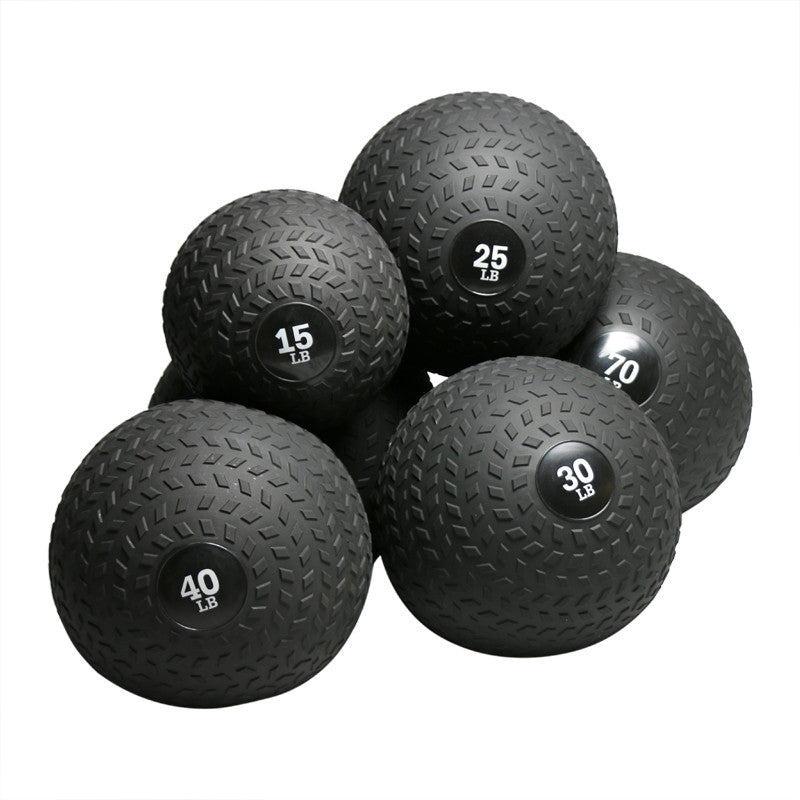
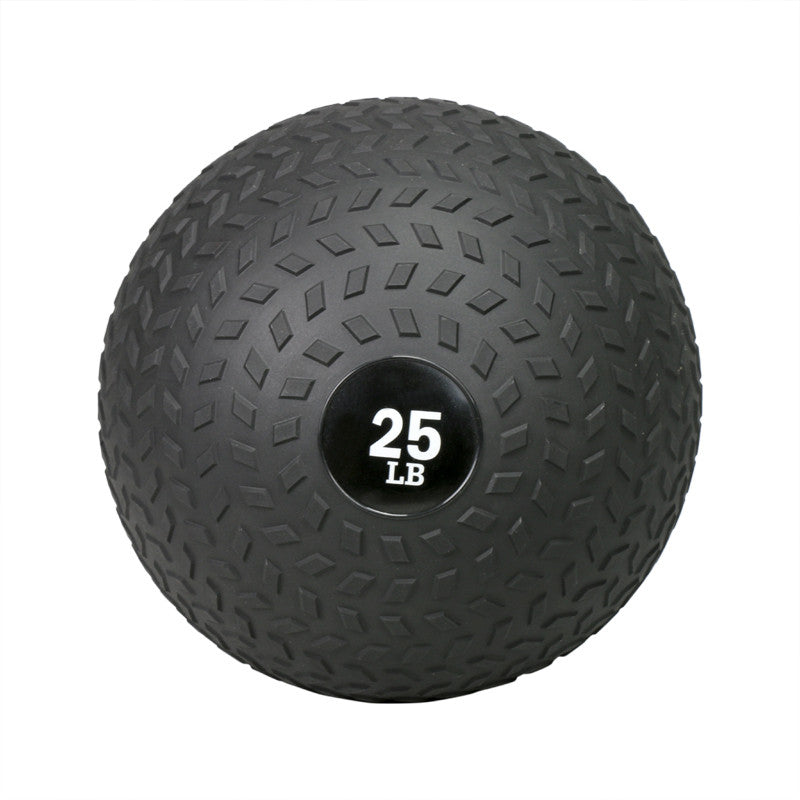


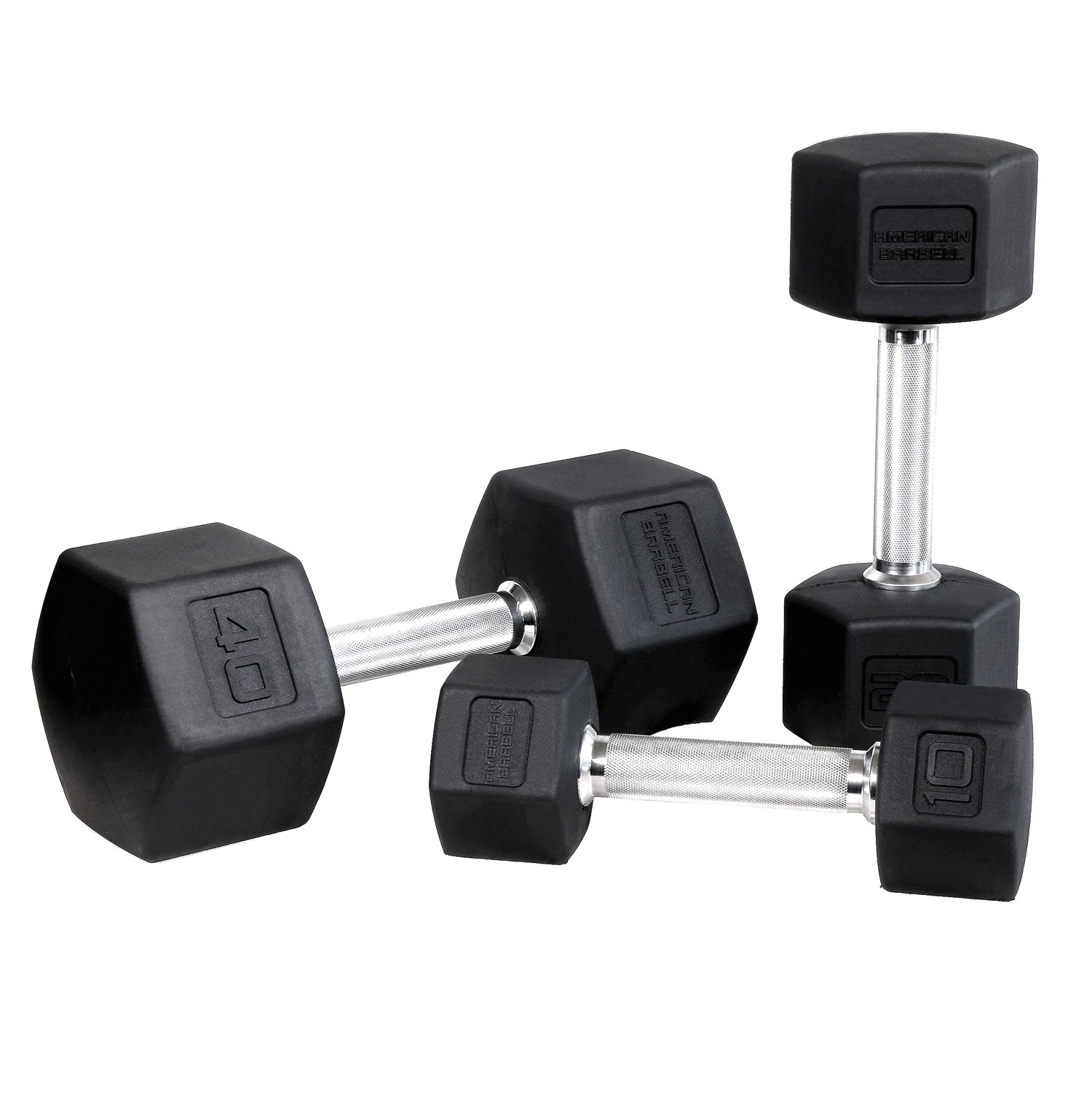
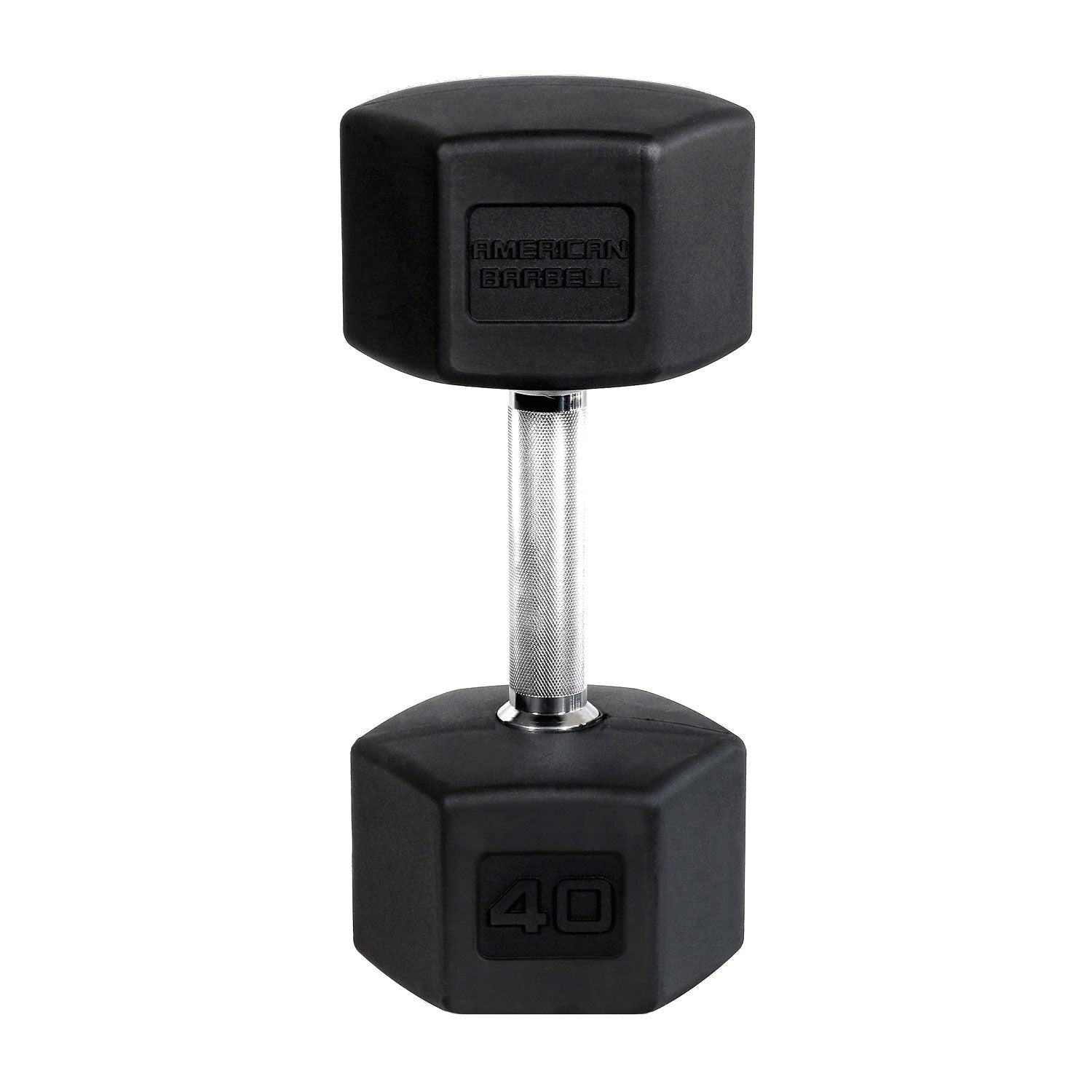



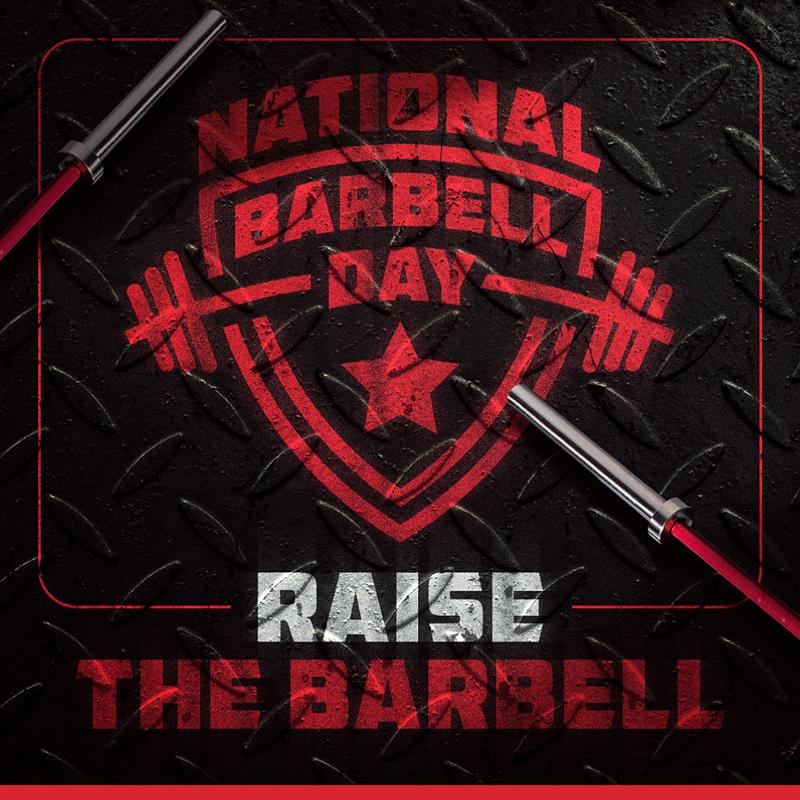
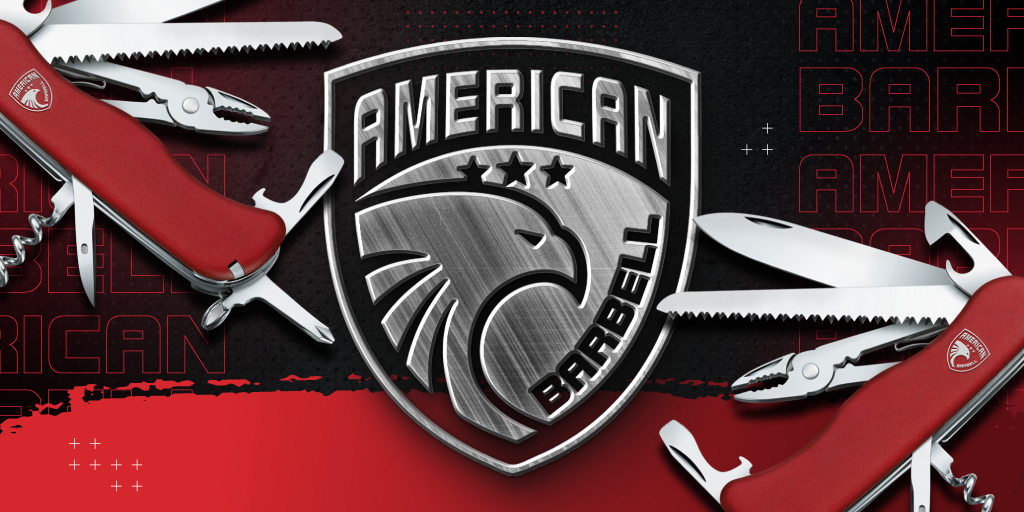

Comments
Hi Brett, not a bad question at all! The purpose of DE days is to help the patterning of your body to lift loads (heavy or otherwise) quickly and efficiently. If you only press 1-2 times per week, then mix in a DE day every third session. Bottom line – mix it in! It’s also refreshing to not move heavy loads all the time. Mixing up rep schemes and load factor (how much load you move in total each week) helps the body adapt and grow! Here for you anytime!
Sorry for the potentially idiotic question, but I’m not sure what you mean by “twice weekly dynamic lifting assuming 5 days a week loads”. E.g., I don’t think you mean bench 3 days regular and 2 days dynamic. (Which would kill a geriatric masters lifter like me, who only does each lift 1-2x per week.) Thanks in advance for any guidance.